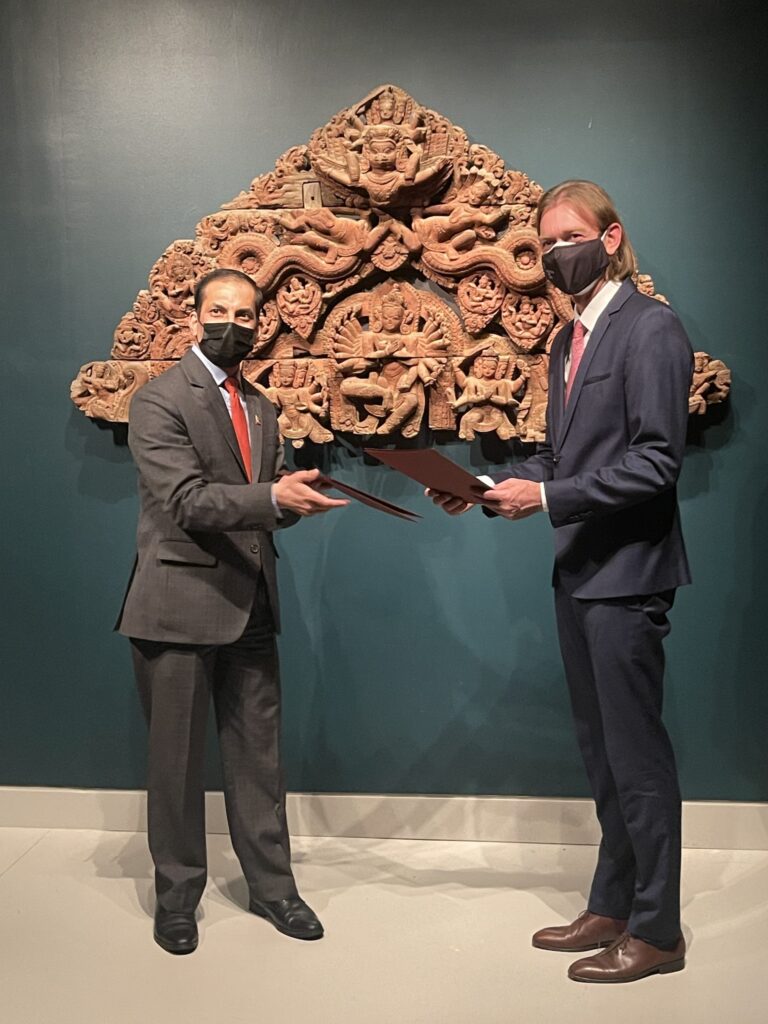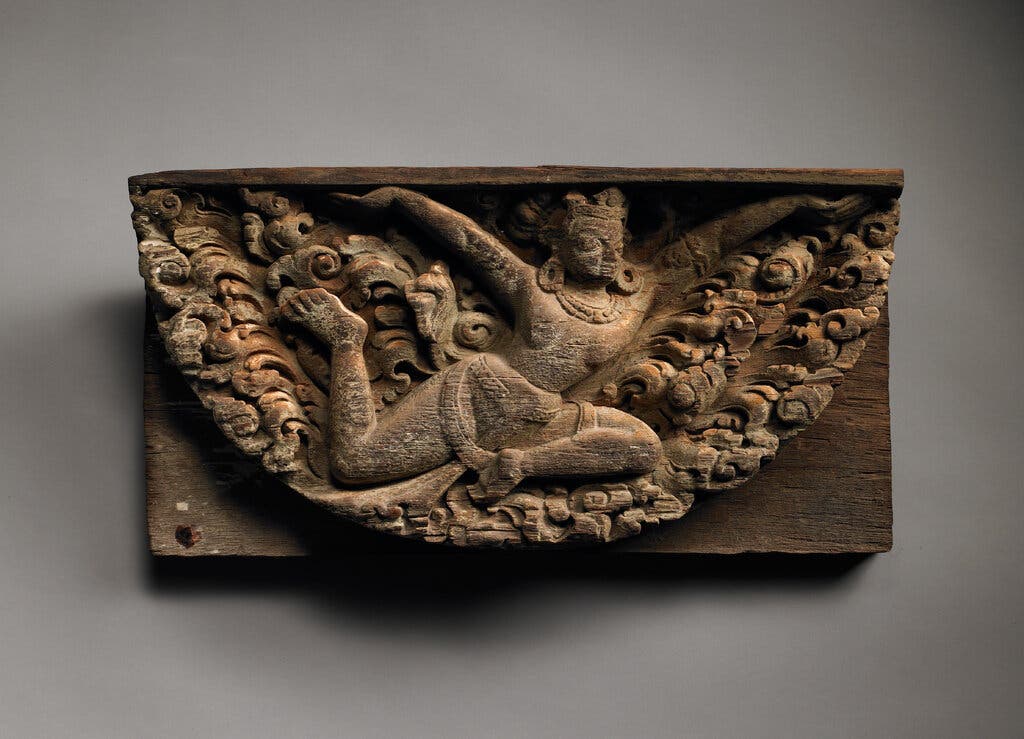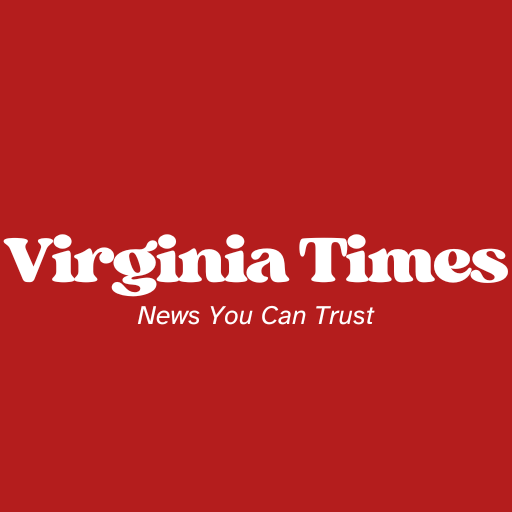Finally, a 17th-century wooden Torana & a 14th-century carving of Apsara are on their way back home.
After an increased international spotlight on stolen antiquities, the Rubin Museum in New York is returning two wooden carvings stolen in the 1980s from Kathmandu Valley temples that were in its permanent collection.
The Consulate General of Nepal, and the Rubin Museum of Art, New York, jointly announced on Tuesday about the return of two art objects from Rubin’s permanent collection to Nepal.
According to a press statement released by the Consulate General of Nepal in New York, a Memorandum of understanding was signed by Acting Consul General Bishnu Prasad Gautam and Executive Director Dr. Jorrit Britschgi, on their respective behalf of the Government of Nepal, and the Rubin Museum of Art, at a ceremony organized at the Museum for this purpose.
The artworks scheduled to return include an upper section of a Frieze/Torana (17th century) and a Garland Bearing flying Apsara/Gandharva (14th century). The Torana was lost from the main door of Yampi Mahavihara/I-Bahi, Patan, Lalitpur. According to the Museum officials, the artwork arrived at the Museum in 2010. The work of flying Apsara is originally from Keshchandra Mahavihara, Itum Bahal, Kathmandu which was lost in 1999 and added to the Museum’s collection in 2003.

Nepal’s acting consulate general Bishnu Prasad Gautam received the pieces on behalf of the nation’s government in a ceremony arranged by the Rubin Museum of Art on Tuesday. Gautam called the repatriation “proactive,” adding that Rubin’s cooperation has “positively contributed to Nepal’s national efforts” to recover its stolen cultural property.
Gautam said, “The proactive and warm response and thoughtful collaboration from the Rubin have positively contributed to Nepal’s national efforts to recover and reinstate the lost artifacts”. He expressed deep gratitude to the Rubin Museum, it’s Executive Director, Board of Trustees, the Museum’s scholars, and officials for their initiative and cooperation in returning these artifacts back to Nepal. He also appreciated the support received from media, civil society, and others in this endeavor.”
Speaking on the occasion, Dr. Jorrit Britschgi, Executive Director of the Rubin Museum commented, “As custodians of the art in our collection, the Rubin recognizes that we have an ongoing duty to carefully research the art and objects we collect and exhibit. The theft of archaeological objects continues to be a major concern in the art world. The Rubin’s collecting activities adhere to the highest standards of ethical and professional practice related to provenance. We believe it is our responsibility to address and resolve issues of cultural property, including helping to facilitate the return of the two objects in question”.

In a statement issued in September, the museum said it was investigating “the proper course of action” to address the Nepal Heritage Recovery Campaign’s claims and was in contact with the Consulate General of Nepal in New York regarding potential restitution of the pieces.
Records related to the Aspara carving indicate that it was lost from the monastery in 1999, before the museum’s founders Shelley and Donald Rubin purchased it in a private deal as part of their namesake cultural trust. The other artifact was purchased privately.
The museum, which has a collection dedicated to Himalayan art and artifacts, is conducting a full review of its artifacts’ provenance records. That project was initiated by researchers in 2016.
The online group Lost Arts of Nepal had tracked the objects to the museum’s collection and the Nepal Heritage Recovery Campaign had alerted the Nepali consulate and the museum in September 2021 about the provenance of the two objects, after which Rubin had promptly withdrawn them from public display.
Rubin said in a statement that the two objects – both extraordinary examples of traditional Newa devotional art – were the first in its collection found to have been unlawfully obtained.
The Consulate General and the Rubin collaborated to verify the origins of the artifacts, and the museum engaged two scholars of Nepali art to examine and research their known provenance. The scholars found that the Gandharva went missing from Itum Bahal in 1999 and was purchased by the Shelley and Donald Rubin Cultural Trust four years later.
The Nepal Heritage Recovery Campaign has played a role in the return of a handful of other looted relics recently from major U.S. museums, including the Metropolitan Museum of Art, the Dallas Museum of Art, and the Denver Art Museum.
Nepal’s Department of Archaeology has yet to announce whether the objects will be given to the country’s national museum or if they will be returned to their original sites.
Read full press release below:

A global media for the latest news, entertainment, music fashion, and more.





